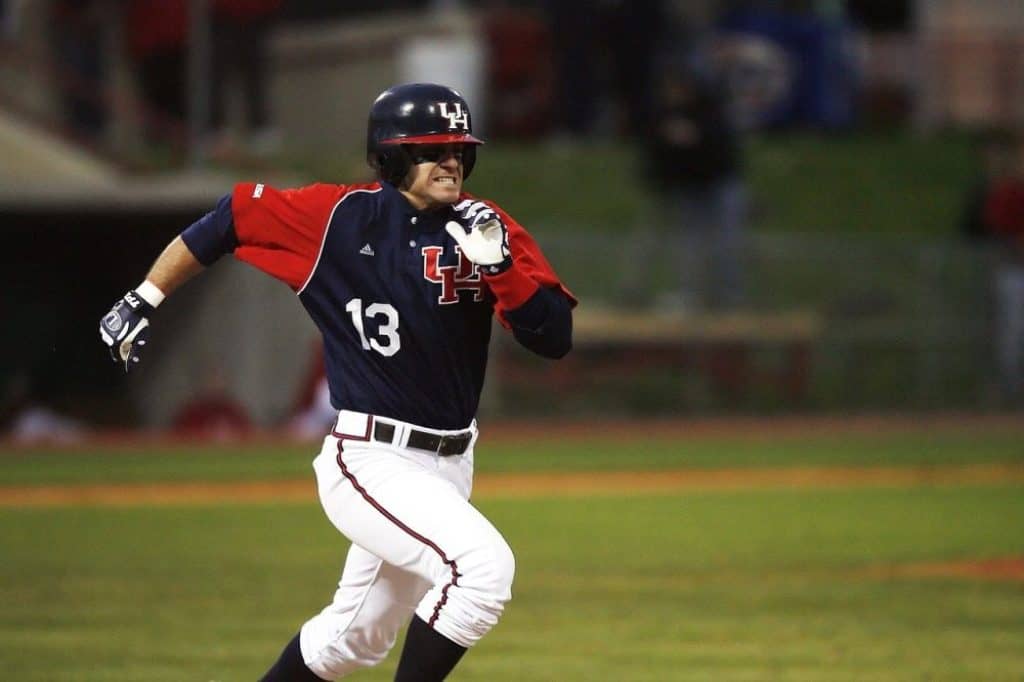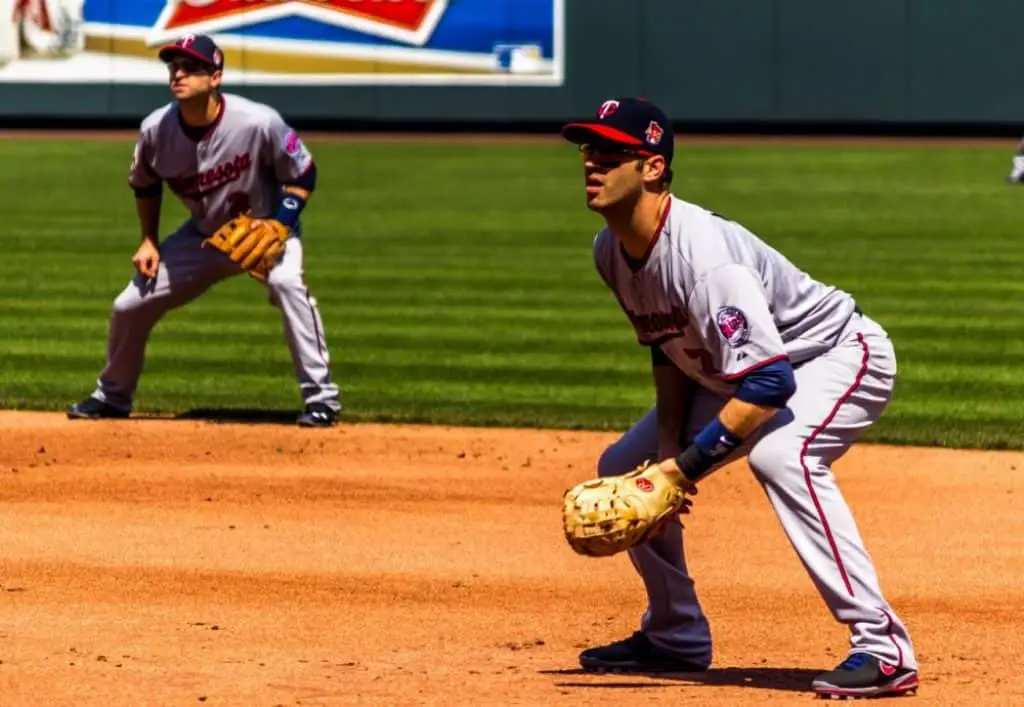Perfect Game vs No-Hitter vs Shutout
Being a baseball pitcher is widely regarded as one of the most challenging jobs in all sports.
Rarely you’ll find a player in any sport and at any position that has so much impact on the game’s final outcome.
Pitchers are involved in every play and have to face a variety of hitters, each with different strengths and weaknesses.
And, they do all this under a tremendous amount of pressure, as a single mistake can cost their team a game.
So, it’s no wonder that in a sport as obsessed with statistical records such as baseball, perfect game, no-hitter, and shoutout are among the rarest feats accomplished by players.
Being so rare, these accomplishments are often confusing to some of the fans and they have some trouble understanding what each of them means.
To help out, I’ll compare perfect game vs no-hitter vs shutout and explain how they differ.
So, let’s dive in!
Table of Contents
Perfect Game
In baseball, a perfect game happens when the pitcher completes the game with no batter on the opposing team reaching the base or connecting for a hit.
The perfect game can be described as “27 up, 27 down”, which means that 27 outs were recorded in succession to end a game.
While the pitcher deservedly gets the credit, the perfect game is also an accomplishment of the whole defense.
It implies that the pitcher and the defense haven’t allowed any hits, walks, or hit batsmen, made no fielding errors resulting in an opposing player reaching the base, commented no interference, or uncaught third strikes.
So, it’s a team effort, as one fielder bobbling the ball, dropping the third strike, or overthrowing the first baseman is all it takes to spoil the perfect game.
However, an error that doesn’t result in a runner reaching the base doesn’t ruin the perfect game.
No-Hitter

No-hitter in baseball is a game where a pitcher gives up no hits.
Also, known as a no-hit game or no-no (no hits, no runs), it implies that a pitcher (or pitchers) has thrown for 27 outs or 9 innings without allowing a single hit.
A game like this where more than one pitcher took their turn at the mound is known as a combined no-hitter.
MLB used to recognize a no-hitter in less than nine innings or when the first hit occurred in the extra inning, but that changed in 1991.
A no-hitter game doesn’t necessarily mean that the opposing team hasn’t reached the base. So, the pitcher may give up a run and still record a no-hitter.
On extremely rare occasions, teams have even lost the games even though they had a no-hitter. In these cases, batters reach base through walks, errors, or hit batsman, for example.
Shutout

A shutout in baseball occurs when one team fails to score a single run during the entire course of the game.
So, the emphasis is on the runs, giving up walks, errors, or hits, still makes a shutout.
For most of the MLB’s history, shutouts were the result of an effort by just one individual pitcher.
However, with the introduction of pitch counts in the 1980s, single-pitcher shutouts have become increasingly rare.
According to the current MLB rules, a pitcher has to fulfill a couple of conditions to be credited with a shutout.
Firstly, he mustn’t allow any runs during the game.
Furthermore, he must pitch the entire game or enter the contest in the first inning when no opponent has yet made an out.
To be credited with a shutout, a pitcher must throw for nine innings and also the extra innings if a game is a tie.
Perfect Game vs No-Hitter vs Shutout – What’s the Difference?
While a perfect game, no-hitter, and shutout are all admirable achievements, the perfect game is by far the most valued one.
It’s also the one that occurs the most rarely.
As they imply that no opposing player has reached a base or recorded a hit, perfect games are, by their definition, also always no-hitter and shutouts.
They allow almost no room for the mistake by either pitchers or fielders. On the other hand, a no-hitter simply requires the pitcher not to give up any hits.
So, a no-hitter won’t always be a perfect game, nor it will always be a shutout as the opposing team may score in other ways.
Shutouts are the most frequent occurrence of the three and they may come in different forms as long as the opposing team doesn’t score a single run.
Therefore, the large majority of shutouts will be neither no-hitters nor perfect games.
How Often Do Perfect Games, No-Hitters, and Shutouts Occur?

Nothing shows how difficult perfect game is to achieve than the fact that there were only 24 of them in the entire MLB history.
The first one occurred in 1880, while the last perfect game happened in 2023. In addition, the perfect game in the postseason happened only once, way back in 1956.
No-hitters occur more often, although they’re also pretty rare. Since 1876, there were only 317 no-hitters in the league, which makes it about two per year.
The season with the most no-hitters happened rather recently, in 2021, when MLB teams recorded nine of them.
Shutouts in baseball happen much more often than perfect games or no-hitters, although those recorded by a single pitcher are becoming increasingly rare.
Nowadays, approximately 10 to 11% of the games end in a shutout. The player with the most complete shutouts is Walter Johnson with 110.
Conclusion
In a game full of statistics and obsessed with tradition, perfect games, no-hitters, and, to some extent, shutouts are among the achievements that are the hardest to accomplish.
So, when they do happen, they’re among the most exciting and memorable moments for both the players and the fans.
This is what all the young pitchers dream of as they start their baseball careers.
Those that accomplish these feats are highly celebrated and sure to find themselves in baseball history books.
The game that seems to be on its way to becoming a perfect game or no-hitter is truly a once-in-a-lifetime experience and you can feel the excitement and the buzz taking over the team, the crowd, and the announcers.




